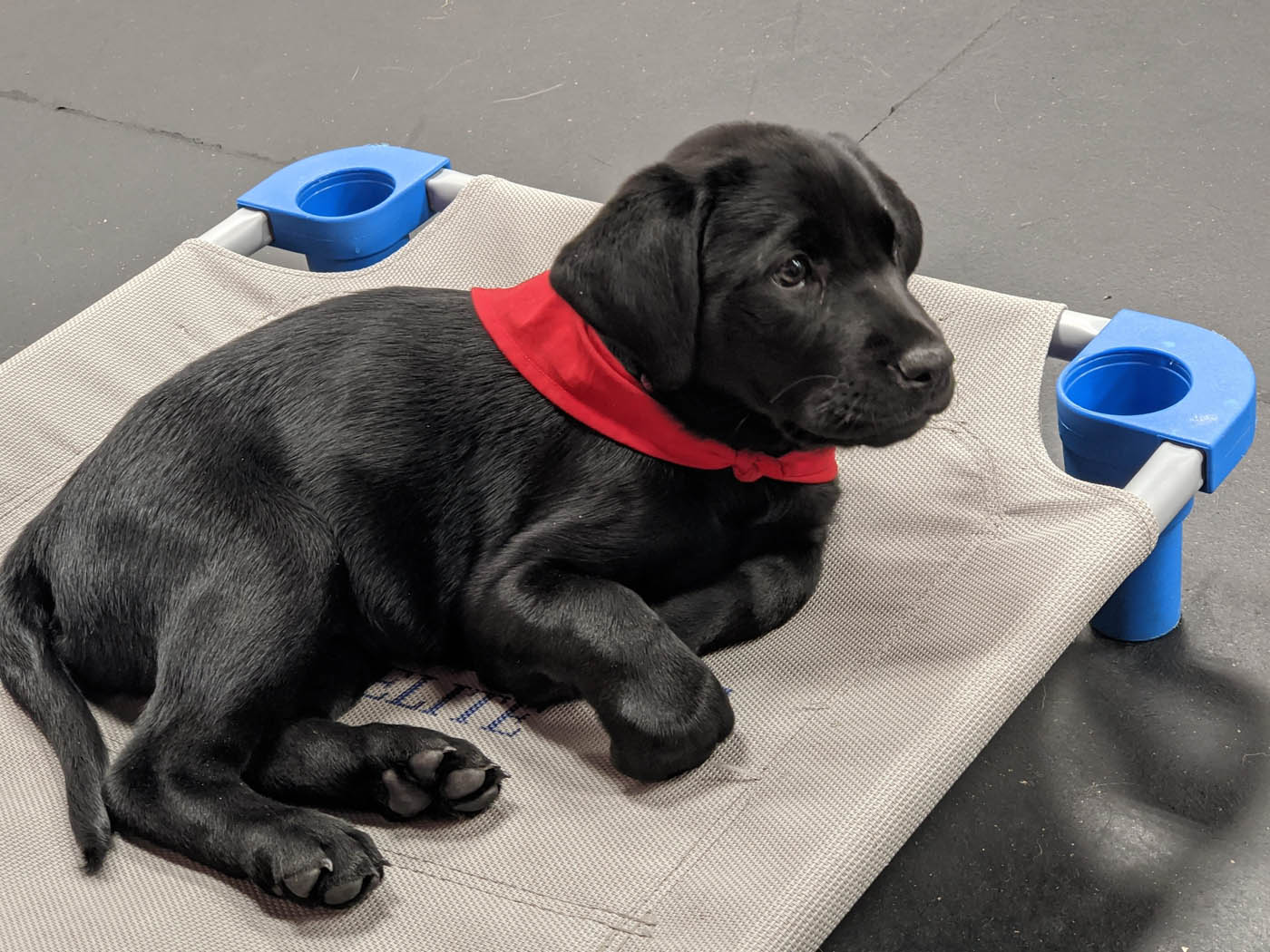Why Dog Training Near Me is Important for Your Canine Friend
Why Dog Training Near Me is Important for Your Canine Friend
Blog Article
The Ultimate Overview to Canine Training: Structure a Delighted, Loyal Pet
Effective pet training is a multifaceted process that hinges on a deep understanding of canine actions and the application of tested techniques. By embracing positive reinforcement and consistent command usage, animal owners can grow not just obedience but also a solid, relying on partnership with their pets.

Comprehending Dog Behavior
Exactly how does a pet's behavior reflect its psychological and emotional state? A pet dog's activities can offer as a window into its sensations, needs, and general mental well-being.
Body language likewise plays a critical function in understanding canine habits. A relaxed position and open mouth signal convenience, whereas strained muscles and pinned ears might suggest stress and anxiety or hostility. Observing these signals is vital for identifying the origin of a dog's behavior, whether it comes from fear, enjoyment, or irritation.
Furthermore, a pet's communication with its environment and various other animals can provide insight into its psychological state. As an example, a pet dog that engages happily with various other dogs is likely feeling social and safe and secure, while one that exhibits avoidance or aggression may be experiencing tension or insecurity. Recognizing these behavioral cues is vital for promoting a strong relationship in between the proprietor and the animal, eventually adding to the dog's psychological health and wellness.
Essential Training Techniques
Reliable canine training strategies are necessary for promoting preferable habits and reinforcing the bond in between a canine and its proprietor. Using favorable reinforcement is one of one of the most effective approaches, where rewards such as treats, appreciation, or playtime are provided to strengthen wanted behaviors (dog training near me). This urges the pet dog to duplicate those behaviors, developing a positive learning atmosphere
Uniformity is another essential component in pet dog training. Commands need to be clear and consistent, and all relative should use the same policies to avoid confusing the pet. Timing is equally crucial; rewards ought to be given instantly after the wanted actions to establish a clear connection in between the action and the incentive.
Furthermore, brief and appealing training sessions work, as pet dogs have varying interest periods. Go for sessions of 5 to 15 minutes, relying on the dog's age and power degree. Including play into training can additionally boost inspiration and enjoyment for both the pet dog and the proprietor.
Finally, persistence is essential. Canines learn at their very own rate, and keeping a tranquil attitude will certainly assist relieve aggravation, guaranteeing a positive training experience. These important techniques lay the groundwork for successful dog training and a harmonious connection.
Fundamental Commands to Show

Consistency and favorable reinforcement are vital when educating these commands. Dog training. Use deals with, appreciation, and playtime to award your pet's successes. Short, frequent training sessions are a lot more effective than long, irregular ones. By instilling these fundamental commands, owners furnish their pets with the abilities necessary for a well-behaved and unified relationship.
Resolving Usual Behavioral Concerns
Comprehending and addressing common behavior concerns in pet dogs is crucial for cultivating an unified partnership in between animals and their owners. Several pets show habits such as extreme barking, eating, or hostility, which can originate from anxiousness, dullness, or lack of proper training. Identifying the origin reason of these actions is the initial step toward reliable intervention.
As an example, too much barking might indicate a demand for interest or a reaction to ecological stimuli. In such instances, proprietors need to examine the pet's setting and provide sufficient psychological stimulation, such as interactive toys or regular workout. Chewing can often be handled by redirecting the habits to appropriate eat items and ensuring that the dog has enough physical activity to lower monotony.
Hostile behavior needs mindful handling and may require specialist training aid. It's vital to understand that punishment can aggravate anxiousness and aggression, causing a cycle of behavior issues. Instead, concentrate on favorable reinforcement methods to compensate desirable habits and enhance this contact form a sense of security.
Building a Favorable Training Setting
Developing a favorable training environment is essential for enhancing preferable behaviors in canines and alleviating behavior issues. This atmosphere must be identified by consistency, encouragement, and a clear understanding of the training goals. By developing a regular, dogs learn what is expected of them, which helps in reducing anxiety and complication.
Using positive reinforcement methods, such as treats, appreciation, and play, fosters a complacency and inspiration in the canine. Rewarding etiquette promptly and consistently reinforces the wanted activities, making the training procedure extra reliable - dog training near me. In addition, trainers need to stay person and calmness, as pets are delicate to their trainers' emotions
The training room should be without distractions to make sure the pet can concentrate on the jobs available. Think about making use of a peaceful room or a secure exterior location. Integrating playtime and socializing into training why not check here sessions advertises an all-round method, enhancing the pet's knowing experience.
Ultimately, a positive training setting nurtures a solid bond between the pet and trainer, bring about a loyal, happy animal. By prioritizing this setting, animal proprietors can effectively address behavior challenges and grow a successful training trip.
Final Thought
Effective pet dog training counts on a thorough understanding of canine habits and the application of favorable support techniques. By mastering vital commands and dealing with behavior problems with perseverance and clear communication, proprietors can cultivate a strong bond with their family pets. Developing a supportive training atmosphere boosts safety and security and trust fund, ultimately leading to the advancement of a well-behaved and cheerful companion. Embracing these concepts ensures a satisfying training experience for both pets and their owners.
Efficient canine training is a multifaceted procedure that hinges on a deep understanding of canine habits and the application of tried and tested strategies. A dog that engages playfully with other canines is most likely sensation social and protected, while one that exhibits avoidance or hostility might be experiencing stress or insecurity.Effective pet training strategies are important for promoting desirable actions and reinforcing the bond in between a dog and its owner.Developing a favorable training setting is essential for strengthening desirable behaviors in dogs and mitigating behavior concerns.Efficient dog training relies on a comprehensive understanding of canine actions and the application of favorable reinforcement techniques.
Report this page